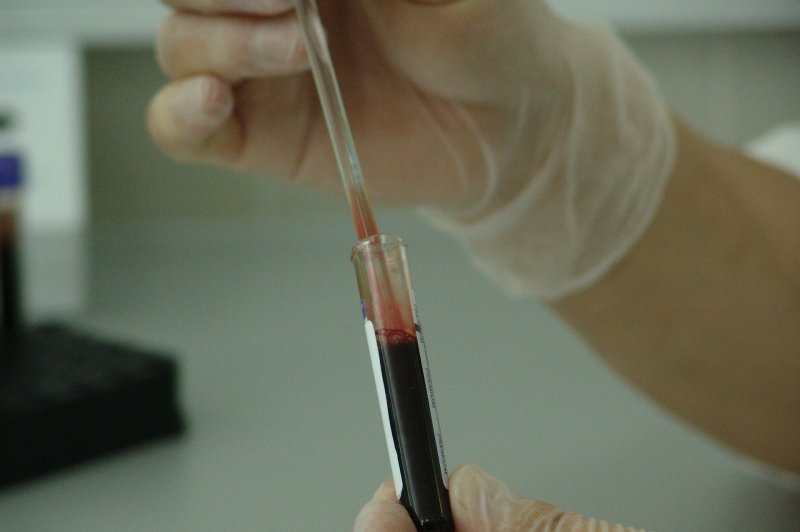A new mini bone marrow system may allow doctors to tailor treatments to each patient for certain blood disorders, researchers say. Photo by
PublicDomainPictures/Pixabay
June 1 (UPI) -- Researchers may have found a way to better determine treatments and outcomes for patients being treated for blood platelet disorders.
Findings published Tuesday in the journal eLife indicate the tool could be particularly applicable to those with platelet disorders, such as inherited thrombocytopenias.
While patients with low platelet count disorders have treatment options available to them, such as Eltrombopag, the benefit from those medications and treatments can vary from patient to patient.
As part of their, study researchers at the University of Pavia in Pavia, Italy, created a miniature 3D model of bone marrow to determine the effect of the drug on blood cells.
The model aims to help facilitate treatment for patients with blood disorders, as well as open a pathway to determine the effectiveness of pharmaceuticals in patients.
It consisted of a silk protein scaffold and patient-derived cell culture to determine which patients respond well to the drug Eltrombopag.
"This easy-to-reproduce system may also help scientists better understand what goes wrong in these disorders and how treatments work, as well as provide them with a new tool for testing new drugs that may lead to improved therapies in the future," senior author Alessandra Balduini, a professor at the University of Pavia, said in a press release.
Researchers say treatments using the mini 3D bone marrow model can accurately predict which patients will respond well to the drug and generate a sufficient number of platelets in the blood to avoid clotting.
"This device is a significant improvement over previous models, requiring only a very small sample of blood to recreate platelet production," Christian Di Buduo, an assistant professor of research at the Department of Molecular Medicine, University of Pavia, said in the release.
The scientists said the aim of the new technology is to be able to predict the reaction of other drugs, not only of Eltrombopag.
The system, researchers wrote in the study, could allow doctors to "tailor therapy options to each individual," and might one day be able to be scaled-up to generate large quantities of lab-grown blood cells for transfusion.
They also hope the technology will lead to patients with such disorders receiving better treatment without additional complications.















